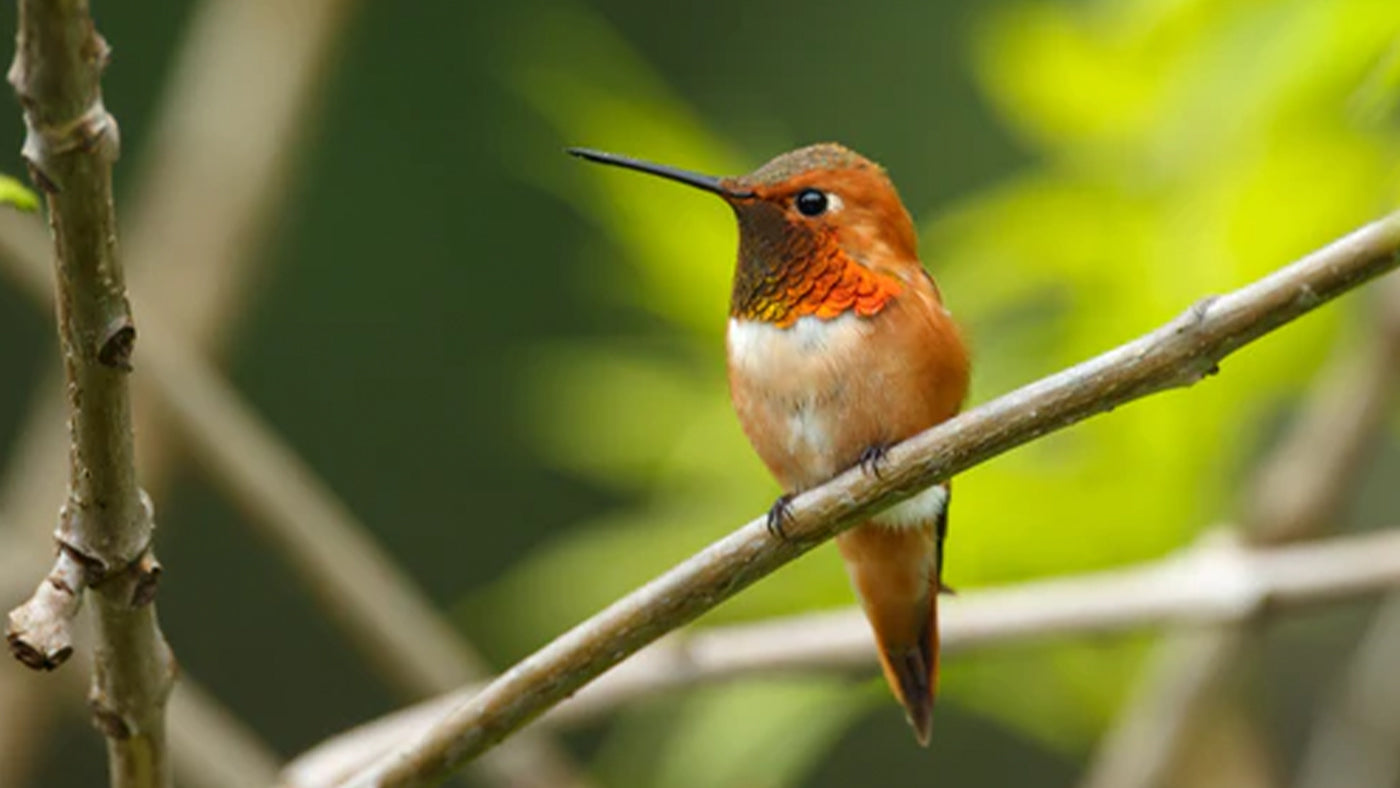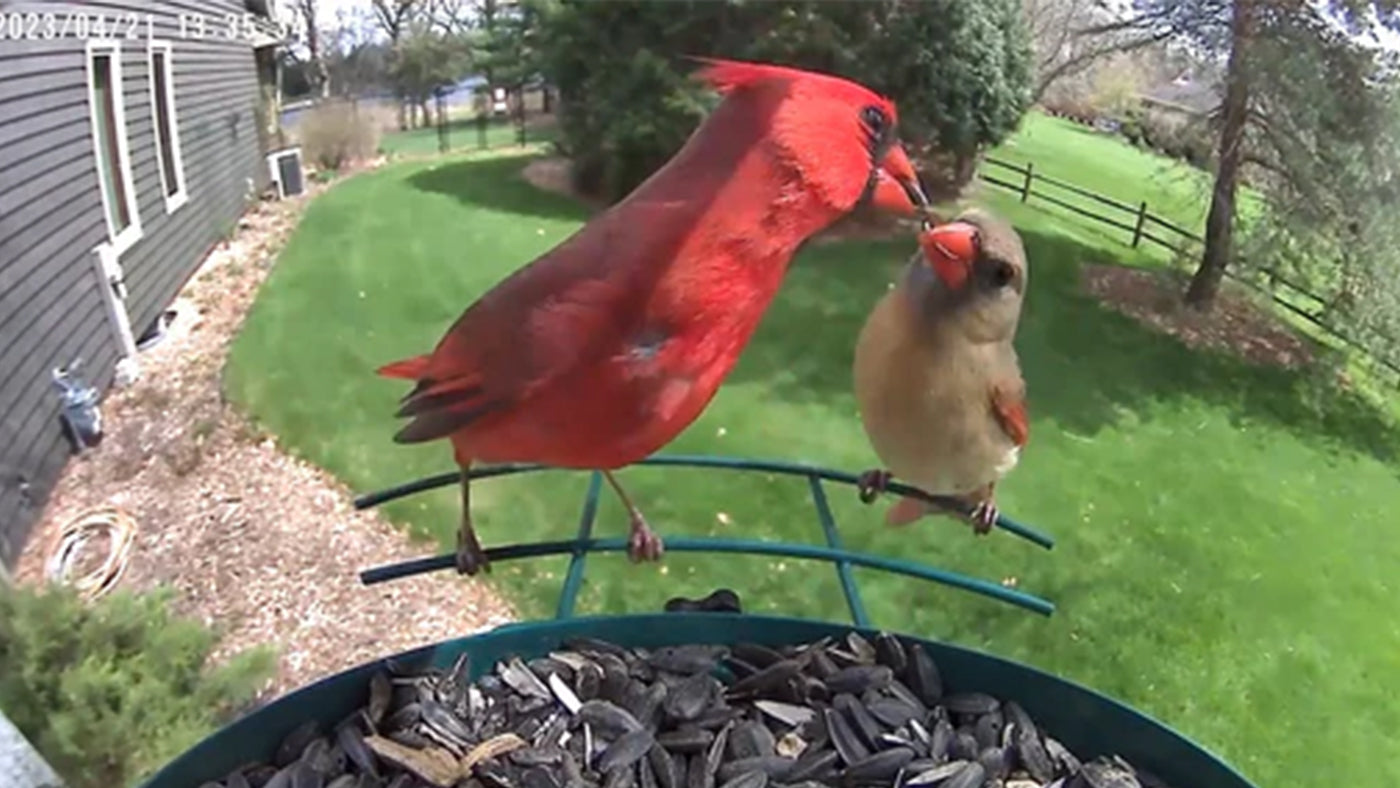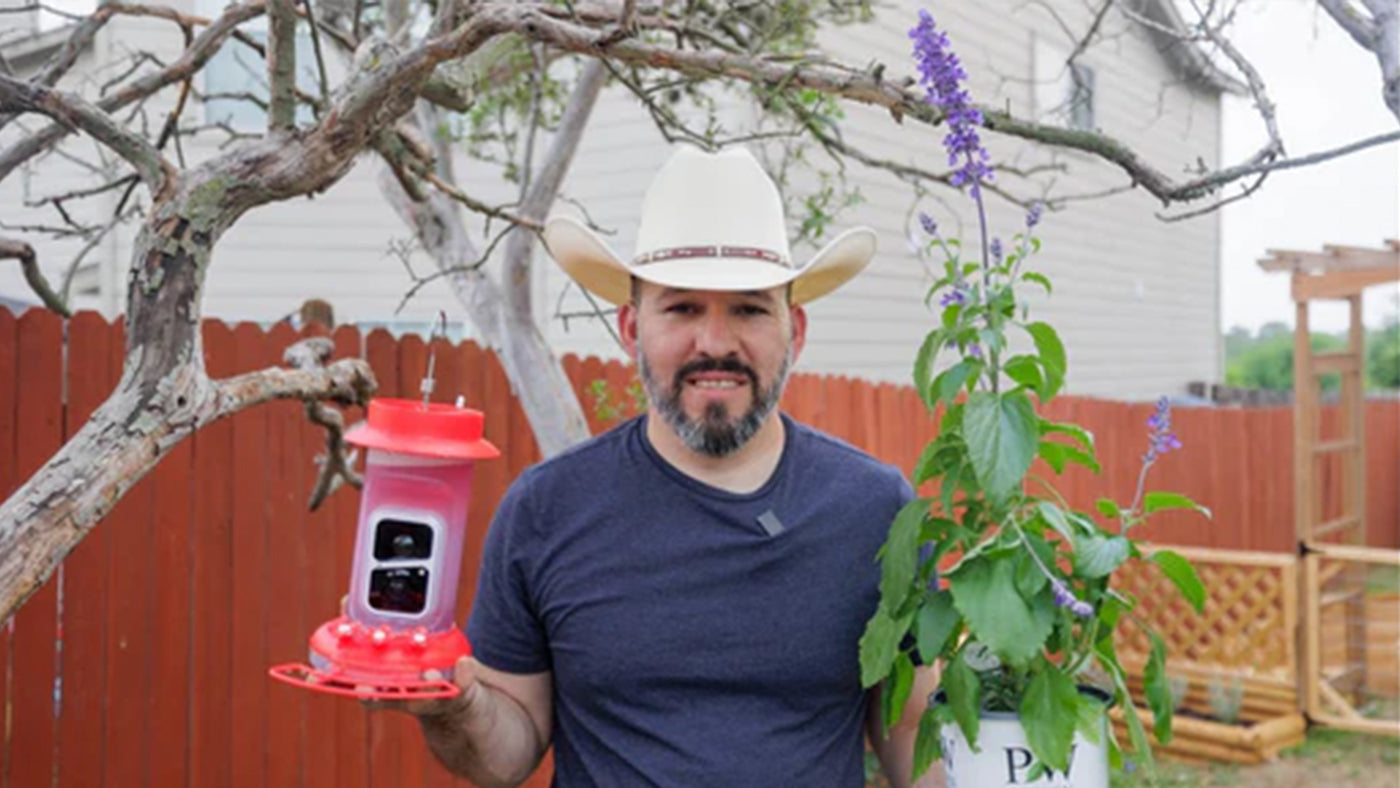1.Can i have hummingbird as my pet?
It is illegal to keep them as pets, and they are very hard to keep alive. Even professional zookeepers have trouble keeping them healthy. Hummingbirds make poor pets and in most places where they are native, keeping them would be illegal.. But, you can have "your" hummers.
According to what says from Geoff LeBaron of the National Audubon Society, hummingbirds choose their favorite locations based on geography, as well as a combination of natural nectar sources and well-placed feeders.
2.They have amazing memories.
These smart birds can remember every flower and feeder they've visited, as well as how long it takes for a certain flower to refill.
So, it's time for them come back to your feeder

3.They can fly thousands of miles every year.
In terms of migratory feats, hummers go the farthest of any bird in proportion to body length, according to LeBaron. For a 2.5-inch hummingbird, the few thousand miles traveled between breeding grounds and winter habitats is positively huge. The rufous hummingbird (pictured) has the longest migration of any hummingbird species. Their annual trek covers more than 3,000 miles from Alaska and Canada to southern Mexico.
4. Will hummingbirds return to my feeder after their winter migration?
Yes, hummingbirds often return to feeders after winter migration. Factors like consistent food supply and feeder cleanliness increase the likelihood. Attention to these details can encourage their return to your feeder.

5.Hummingbirds are active during the day, sleeping at night.
Meaning most are awake during the day and sleep at night. That being said, these special birds can migrate regardless of the time of day.
6. Do Hummingbirds survive on nectar alone?
They eat insects.
Because of their quickness and the shape of their beaks — which act like "spring-loaded sets of chopsticks" — hummingbirds can snatch insects right out of the air.
7. How often they usually eat?
They eat a lot!
They consume about half their body weight in bugs and nectar, feeding every 10-15 minutes and visiting 1,000-2,000 flowers throughout the day. In addition to nectar from flowers and feeders, these birds eat small insects, beetles, ants, aphids, gnats, mosquitoes, and wasp.
Whats more, a rufous hummingbird needs to eat every 15 minutes to survive!
8. They visit 1,000 flowers each day.
And they consume five to eight doses of nectar per hour!
They prefer natural nectar to feeders.
Natural nectar is the key to a healthy diet for these birds — so they'll always prioritize a good flower over a feeder.
9. Their brains are pretty heavy compared to the rest of their bodies.
A hummingbird's brain makes up around 4.2% of its body weight. This is the most in the entire wild bird group.
10.They can survive freezing temps.
At night, and when it is too cold or rainy to find food, hummers go into a sleep-like state called torpor. The bird's body temperature drops and their heart rate slows down. This adaptation allows them to keep warm and conserve energy. During torpor, the tiny bird's body temperature can drop almost 50 degrees.




Leave a comment
This site is protected by hCaptcha and the hCaptcha Privacy Policy and Terms of Service apply.